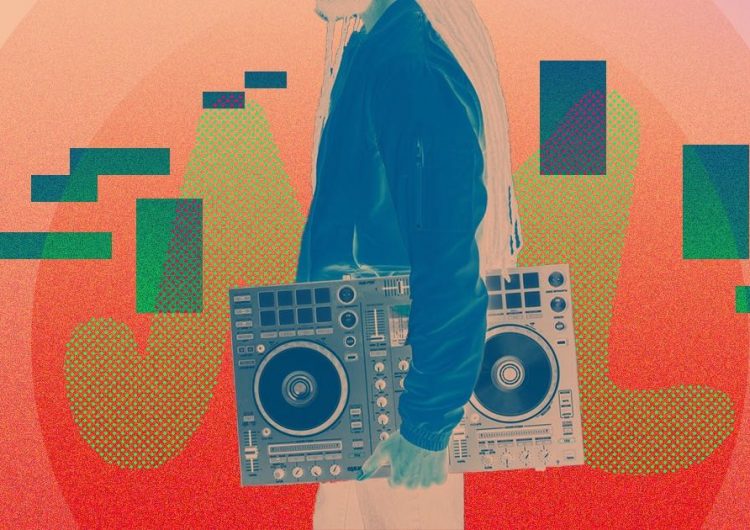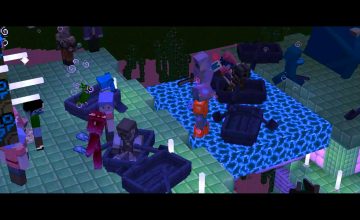So, you’ve listened to a song on Spotify’s radio and you swear you’ve heard that one before—it’s not quite the same, but it sure rings a bell. While some might shrug this off as déjà vu, this may just land a musician a trip to the courthouse. For two programmer-musicians, the solution for dodging lawsuits was simple: an algorithm that generated every possible MIDI melody in existence, released for everyone to use.
The brainchild of copyright attorney Damien Riehl and Noah Rubihad, the nifty invention sought to end copyright lawsuits that have been plaguing musicians. In humankind’s long history of making music, a unique combination of musical notes seems like an improbability. According to these programmers, the threat of lawsuits stifled artists’ creative freedom, when they’re too busy worrying whether or not a melody has been used before.
Read more: Ed Sheeran is Getting Sued for Copyright Infringement
Riehl and Rubihad’s algorithm placed together every eight-note, 12-beat melody combo imaginable, generating almost 300,000 melodies per second. Think “Mr. Robot,” but for musicians—the algorithm uses the same tactic that hackers practice when guessing passwords by rifling through every possible combination.
In order to be copyrighted, a melody must be produced as a work. The algorithm churns out these melodies as MIDI files, which are then transferred to a hard drive.
“Under copyright law, numbers are fact, and under copyright law, facts either have thin copyright, almost no copyright, or no copyright at all,” explains Riehl. “So maybe if these numbers have existed since the beginning of time and we’re just plucking them out, maybe melodies are just math, which is just facts, which is not copyrightable.”
Read more: Article 13 is a law that might kill our memes
The programmers released these melodies under a Creative Commons License. Like public domain works, this means that any artist can use it, free of charge. Currently, the open-source algorithm and all of the generated melodies are on Github and Internet Archive. As for whether this flies under the radar of copyright lawsuits, this remains to be seen—still, we can’t help but give mad props to the project.
Watch Damien Riehl’s TED Talk below.
Art by Zaila Mae Urmeneta

























Comments